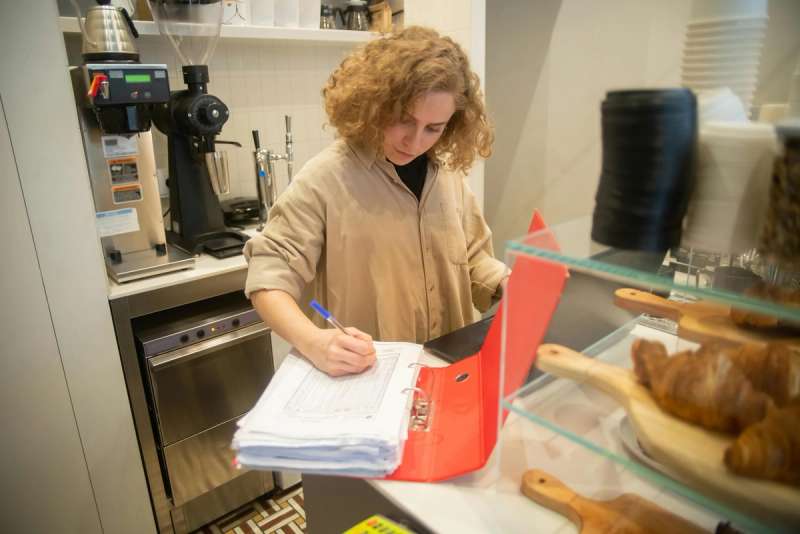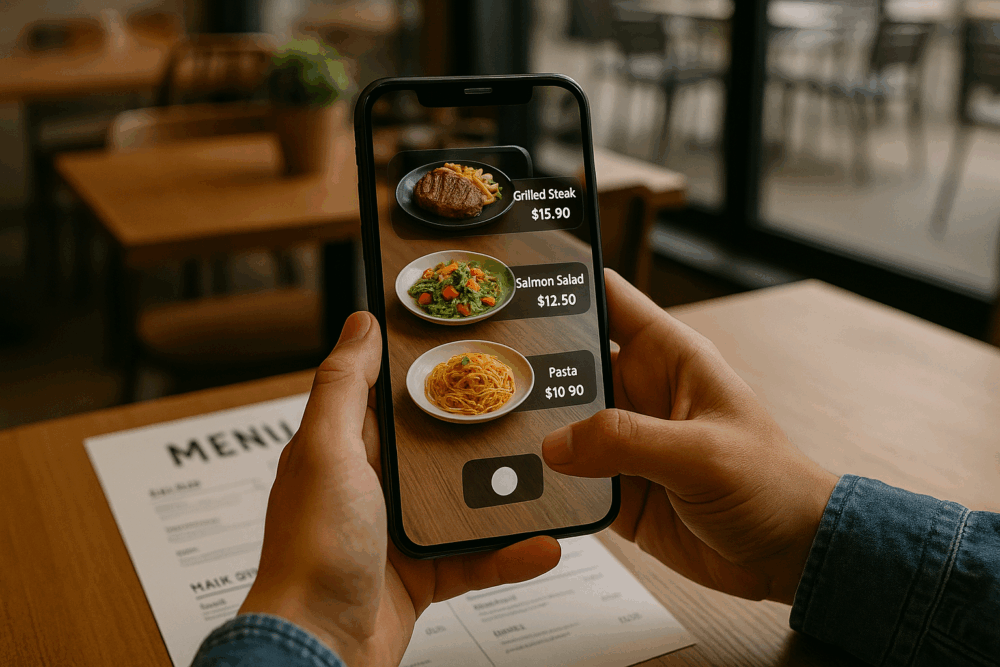



Co-Branding in Restaurants: Is It a Smart Move or Risky?
November 27, 2023

In the fast-paced restaurant industry, a trend is remerging, one that’s changing the game for large restaurant groups: co-branding. Co-branding is all about collaboration, bringing together two different restaurant concepts under one roof. This strategy is not just for drive-thrus anymore; it’s making its way into ghost kitchens as well as traditional fast casual restaurants. In this blog, we’ll explore the advantages & challenges of co-branding in the restaurant business.
The Advantages of Co-Branding
- Economic Efficiency: One of the primary drivers of co-branding is the potential for cost savings. By sharing a space, operators reduce the need for additional labor, making it a more economically viable option.
- Diverse Customer Base: Co-branding allows operators to tap into different customer segments during various dayparts. This means greater accessibility to a broader audience and more opportunities for revenue.
- Optimal Real Estate Usage: Sharing the cost of real estate with another brand enables operators to pursue prime locations they might not afford individually. This leads to better visibility and, ultimately, higher profitability.
- Profitability Boost: When executed effectively, co-branding can drive increased profitability through shared resources and an expanded customer base.
The Challenges of Co-Branding
Operational Complexity
Creating a seamless customer experience can be challenging, especially when it comes to equipment and kitchen flow. Operators need to master the nuances of two different brands.


Supply Chain Management
Maintaining inventory control is crucial to avoid waste or spoilage. Co-branding requires operators to balance supply chains effectively to ensure both brands run smoothly.
Tech Stack Complexities
Co-brands will need to decide whether to maintain separate tech stacks, or combine the two brands together and delicately maintain the systems. Either way, more work will be required to maintain and deploy changes to the systems.

Choosing the Right Partner for Co-Branding
The key to successful co-branding is selecting the right partner. The partnership should involve complementary products or services and a similar target audience. In the fast casual & QSR industry, treat & coffee brands tend to cobrand more easily two full service or two fast casual restaurants, but it’s not unheard of!
A prime example of a successful co-brand initiative is FAT Brands, with over 100 co-branded restaurants, primarily featuring Fatburger and Buffalo’s Cafe Express. This journey began when FAT Brands acquired Buffalo’s almost a decade ago. The success of this venture highlights the potential for greater menu diversity and incremental profit and royalties when two recognized brands collaborate.
Co-branding in the restaurant industry is a dynamic and cost-effective marketing strategy. When approached creatively and strategically, it benefits all parties involved, creating a win-win for both brands and consumers.
If you’re thinking about launching a co-branded strategy & need help with the tech stack complexities, we are here to help! Our team has vast knowledge in implementing and maintaining POS, Loyalty & Online Ordering Platforms for Co-Branded restaurants. With the right ingredients, and the right support, your recipe for success awaits!










